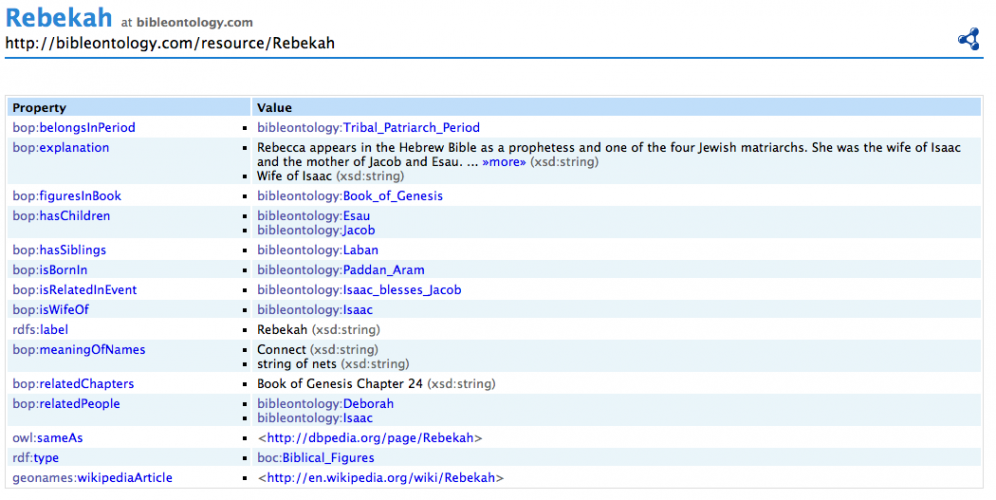Colleagues were interested in my recommendations for iPad annotation: GoodReader and iAnnotatePDF. Here’s a brief comparison.
Both save Acrobat-compatible annotations, which can be exported out as text (for instance to see everything you’ve highlighted yellow), offer synching, and multiple styles of annotation. The exact annotation workflow and navigation differ somewhat.
GoodReader’s main strength is the ability to easily pinpoint the exact boundaries of an annotation: a circular magnifying ‘loope’ window automatically pops up. GoodReader also warns you when scanned images don’t have text behind them (offering to OCR them would be a welcome, though challenging enhancement: it would be enough to put them into an OCR-queue you could have Acrobat Pro watch and act on). One weakness (for me at least) is that to get the toolmenu, you must tap in the middle of the screen. My fingers seem expect it to pop up when you tap on the right-hand side of the screen: sometimes that advances the page, but sometimes that just changes the view on the current page. Further, I find its small black-and-white icons somewhat confusing.
I prefer iAnnotatePDF, especially because it saves annotations by default, has customizable navigation, and clearer icons. Its key strength is that annotations are auto-saved, with ‘undo’, ‘delete’, and ‘edit’ functions. Further, the annotation type is maintained between annotations, until you (say) put down the highlighter by clicking an x. This is a small weakness since I find that to switch pages I have to close the annotation tool I’m currently using. Another weakness is that there’s a limited time window for editing existing annotations: just after they are created, annotations can be adjusted, for instance to move the boundaries of text highlights and underlines. Yet after this period has expired, annotations can be deleted, but locations cannot be adjusted (as far as I can tell). Another weakness is that interacting with image-only PDFs can be confusing; without any text, some functions (text highlight, text underline, …) just don’t work, without any warning or notice.
I would be interested in hearing comparisons of the syncing functionality, as well as comparisons to PDFExpert.
| Criterion | GoodReader | iAnnotatePDF |
| Pageview | default is snap to page (double-spreads show left-to-right) | flow (can see parts of 2 pages at once, top-to-bottom) |
| Saving annotations | Must save each annotation | Annotations automatically save |
| Navigation | tap left/right to navigate forward/back; scroll only shows the same page | tap, slide, or swipe to navigate (customizable) |
| Toolbar | tap in the middle | tap on the right |
| Icons | black & white, some are obscure | medium-sized color, some are clearly understandable |
